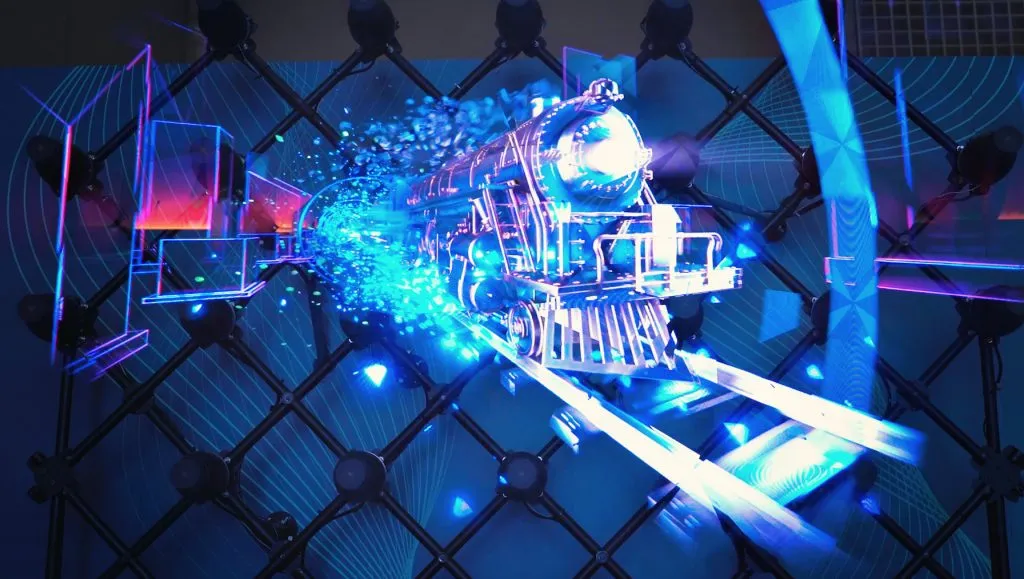This article intends to be a walk-through on how to elaborate a proper workflow for large translation projects in Adobe After Effects. This type of projects usually follow similar production guidelines amongst them, such as the handling of work and delivery files, naming conventions and file location preferences. We will begin by reviewing common first steps and then elaborate on how to enhance your workflow to be more efficient by finding solutions to common problems or unexpected issues.
Start by checking the brief for client specifications and then proceed to make sure all working files are complete. Once I open the project, I always take my time to understand it and look for all the text layers to be translated, since these projects are built differently by each client, it is important to understand what should be modified and what should be left untouched in order to stick to their guidelines. At this point you should already be able to determine if you are going to need another tool like Photoshop or Illustrator to translate depending on the assets you are given, this is important for keeping your working files organized, especially in large projects.
Translations vary a lot in length and in size if you need alternate fonts for different alphabets, keeping consistency amongst all deliverables is key for these types of projects. If your task demands you to build the compositions in After Effects I recommend to treat the first one as a template for the rest of them, this seems pretty obvious, however you can save lots of time by picking the right languages to serve for templates for others that use the same alphabet, or that look almost the same in length and size, this tip becomes even more useful if your translation list includes languages that read from right to left.
The most common problems with these kinds of languages usually relate to assets that you might have to relocate according to the new text arrangements and most of the unexpected issues that you could encounter will probably be related to assets that can’t be translated inside After Effects, for which you will have to make new versions of this asset and replace them as new footage. This is the step where you can become most efficient by determining what assets can be recycled amongst different sizes of the same deliverable (or even amongst similar languages). Most common aspect ratios for deliverables in this projects are 1:1, 9:16 and 16:9, and if you have to translate imported files then it’s highly recommendable you keep them organized and replace them as new footage after translation instead of importing more into the project, this way you make sure everything stays in the same place and it will save you lots of time from not having to relocate the newly translated assets into the different video sizes as well.
The point is to keep an eye for those repetitive steps that you can work-around way faster if you set up your workflow carefully. Once again, this becomes way more useful when it comes to larger projects. Taking your time to understand the project and setting up a proper workflow will allow you to offer your clients more accurate delivery estimates and avoid lots of quality control setbacks. In the end, it’s all about meeting the deadlines and keeping your clients satisfied with the results.



